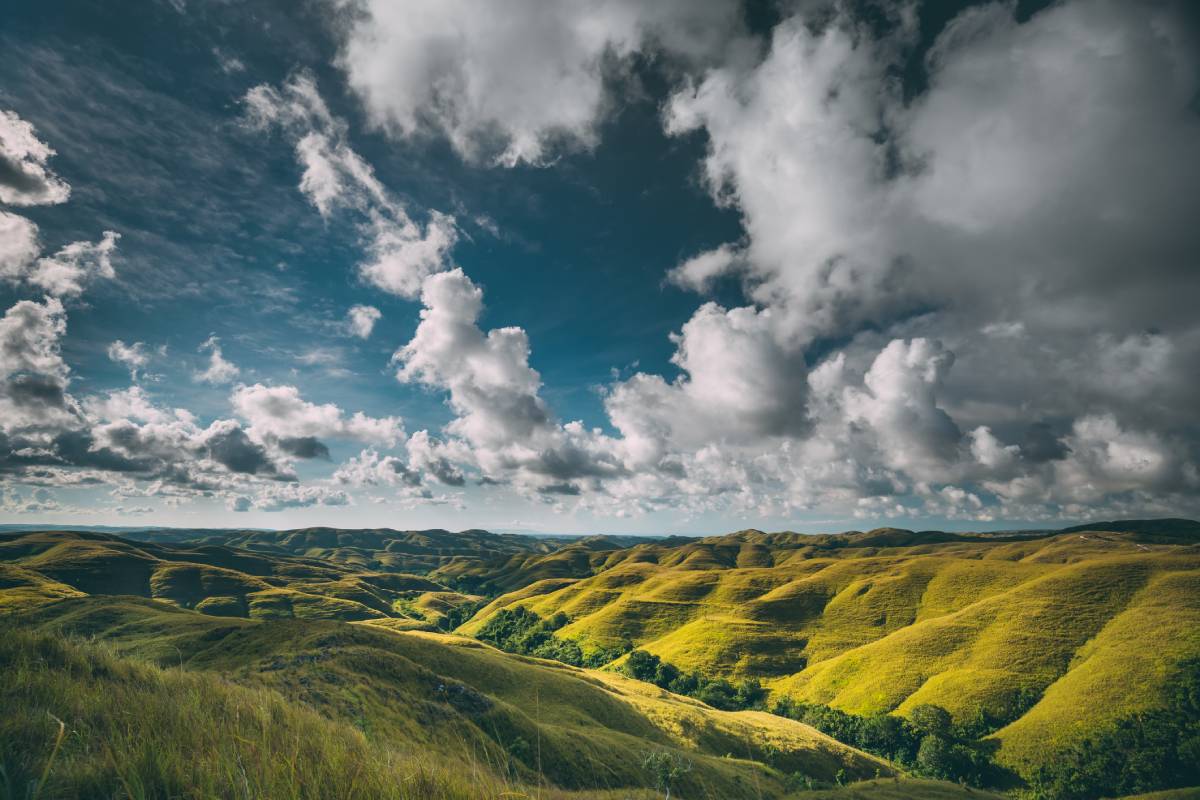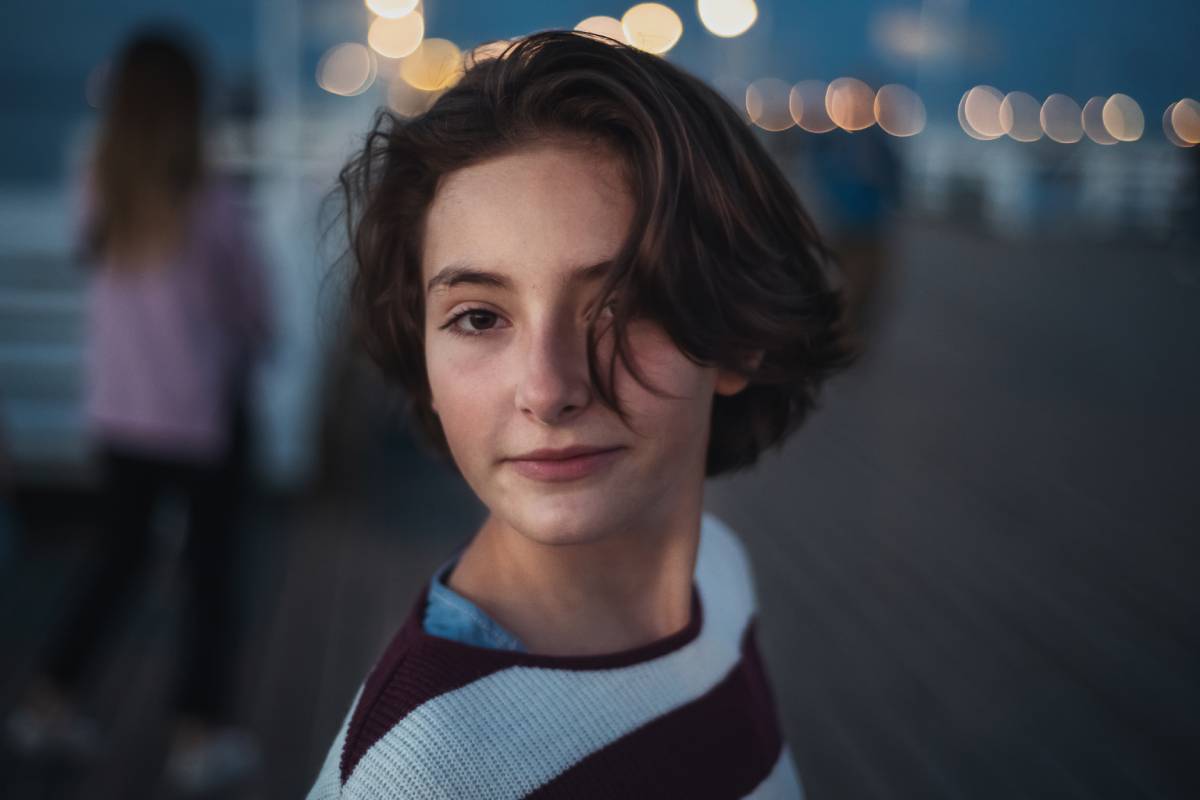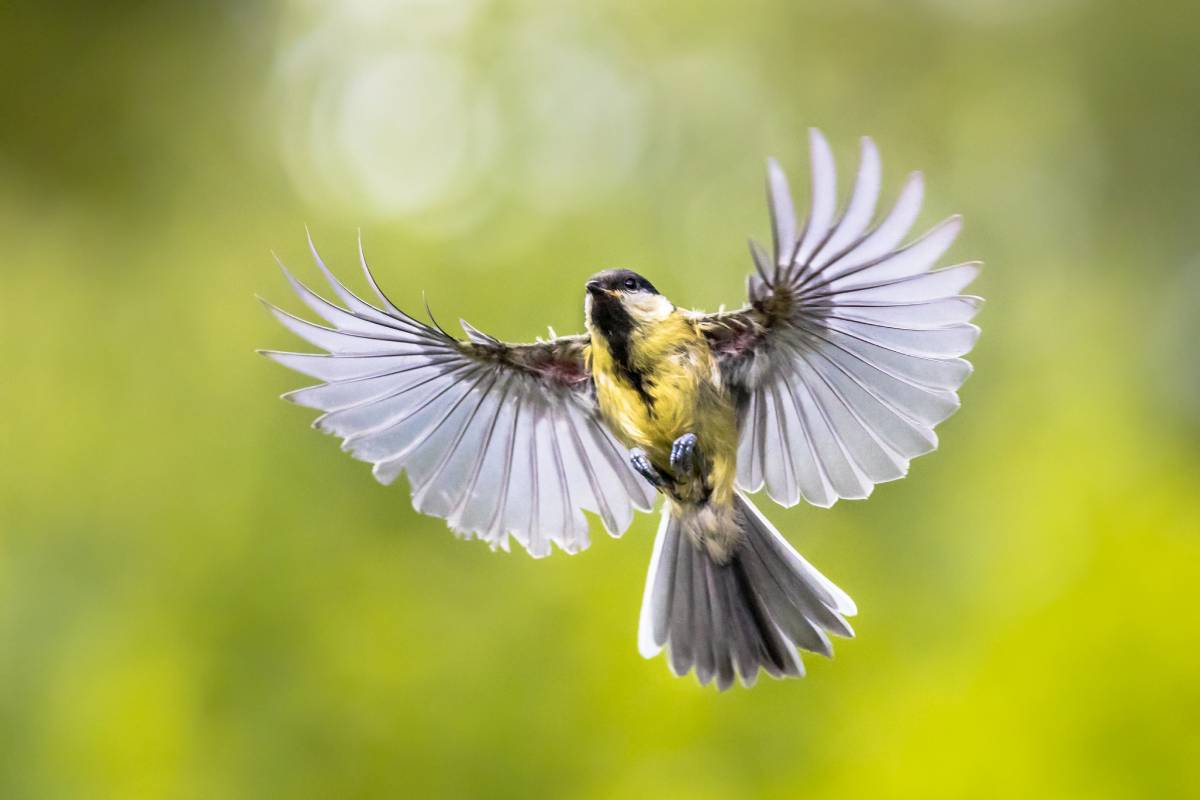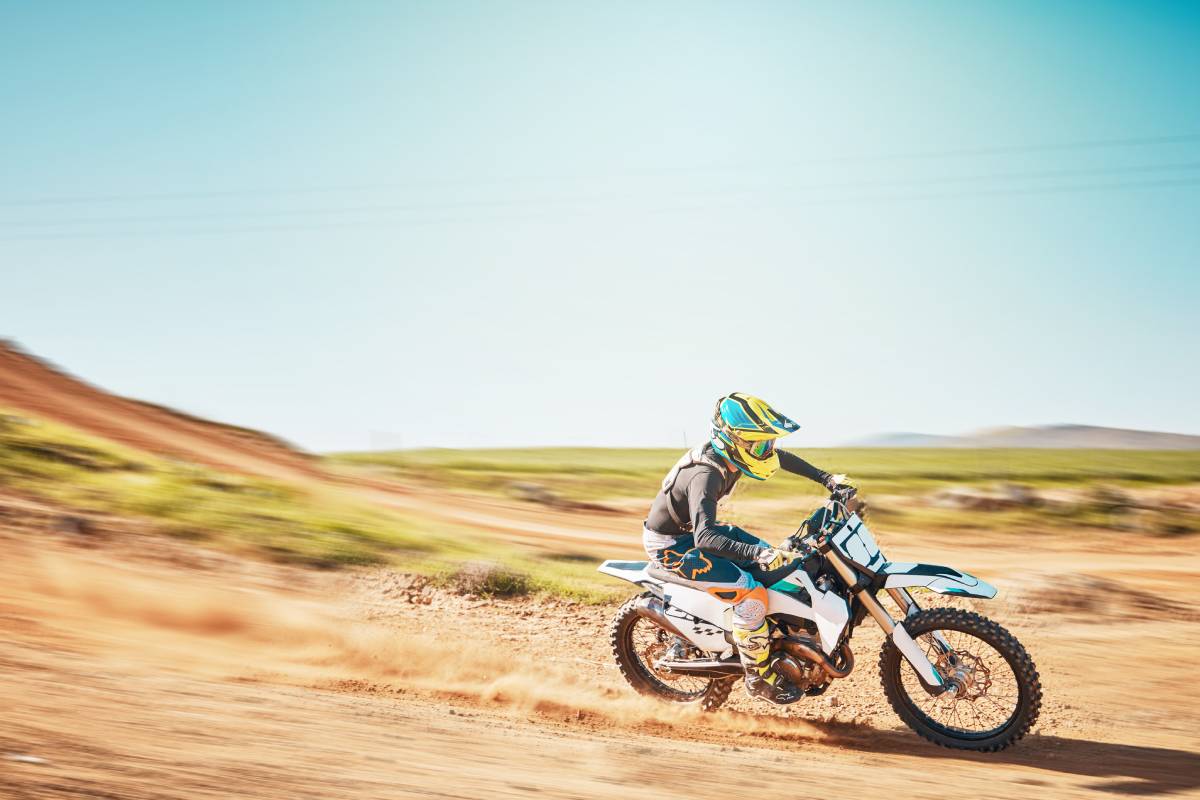In the world of photography, selecting the right lens is crucial for achieving the desired results in various genres of photography. Whether capturing breathtaking landscapes, intimate portraits, or fast-paced sports action, photographers rely on different types of lenses to bring their creative visions to life. Understanding the characteristics and capabilities of different lenses is essential for making informed choices that align with specific photography goals.
In this comprehensive guide, we will explore the best lenses for different photography genres, including landscape, portrait, bird watching, and sports activities, providing insights into the features and considerations that make each lens ideal for its intended purpose.
How many types of camera lenses?
Camera lenses can be categorized into several types based on their focal length, aperture, and intended use. Here are some common types:
- Standard/Normal Lens: Typically has a focal length close to the diagonal size of the camera sensor, providing a natural field of view similar to human vision (around 50mm for full-frame cameras).
- Wide-Angle Lens: These have shorter focal lengths, allowing for a wider field of view. They are great for landscape, architecture, and interior photography.
- Telephoto Lens: Telephoto lenses have longer focal lengths, allowing you to capture distant subjects with magnification. They are popular for sports, wildlife, and portrait photography.
- Prime Lens: Prime lenses have a fixed focal length, meaning they cannot zoom in or out. They often provide superior image quality and wider apertures compared to zoom lenses.
- Zoom Lens: Zoom lenses have variable focal lengths, allowing you to zoom in and out without changing the lens. They offer versatility but may sacrifice some image quality compared to prime lenses.
- Macro Lens: Macro lenses are designed for close-up photography, allowing you to capture small subjects at a 1:1 magnification ratio or greater.
- Fisheye Lens: Fisheye lenses produce extreme wide-angle images with significant distortion, creating a unique look. They are popular for artistic and creative photography.
- Tilt-Shift Lens: Tilt-shift lenses allow you to control perspective distortion and depth of field by tilting and shifting the lens elements. They are commonly used in architectural and landscape photography.
- Superzoom Lens: Superzoom lenses offer an extensive zoom range, typically from wide-angle to telephoto, in a single lens. They provide convenience but may compromise on image quality compared to specialized lenses.
- Speciality Lenses: There are various speciality lenses designed for specific purposes, such as astrophotography, tilt-shift photography, and niche applications.
These are just some of the main types of camera lenses, and there are many variations and subcategories within each type.

What are the best lenses for landscape pictures?
The best lens for landscape photography often depends on personal preferences, shooting style, and the specific requirements of the scene. However, certain types of lenses are commonly favoured for landscape photography due to their characteristics. Here are some popular choices:
- Wide-Angle Lens: Wide-angle lenses, typically with focal lengths between 14mm and 35mm (on a full-frame camera), are commonly used for landscape photography. They provide a broad field of view, allowing you to capture expansive landscapes and include more elements in the frame. A wide-angle lens is excellent for emphasizing foreground elements and creating a sense of depth in the image.
- Ultra-Wide Angle Lens: Ultra-wide-angle lenses, with focal lengths below 14mm, offer an even broader perspective, capturing vast landscapes and dramatic vistas. They are ideal for shooting in tight spaces or capturing grand panoramic views.
- Prime Lenses with Wide Focal Lengths: Prime lenses with wide focal lengths, such as 24mm or 35mm, are popular for landscape photography due to their excellent image quality and sharpness. While they lack the zoom capability of zoom lenses, prime lenses often provide superior optical performance and wider apertures for low-light shooting.
- Zoom Lens with Wide-Angle Capability: Some zoom lenses offer wide-angle focal lengths, such as 16-35mm or 24-70mm. These lenses provide versatility, allowing you to adjust the composition without changing lenses. They are suitable for landscape photographers who prefer the flexibility of zoom lenses.
- Tilt-Shift Lens: Tilt-shift lenses are specialized lenses that allow you to control perspective distortion and depth of field. They are particularly useful for architectural photography but can also be used creatively in landscape photography to achieve unique effects and precise focus control.
When choosing a lens for landscape photography, consider factors such as focal length, aperture, image quality, size, weight, and budget. Ultimately, the best lens is one that suits your specific needs and helps you achieve your desired creative vision.

What are the best lenses for portrait pictures?
The best lens for portrait photography often depends on personal preferences, shooting style, and the desired look for the portraits. However, certain types of lenses are commonly favoured for portrait photography due to their characteristics. Here are some popular choices:
- 85mm Prime Lens: An 85mm prime lens is a classic choice for portrait photography on full-frame cameras. It provides a flattering perspective, allowing you to isolate the subject from the background while maintaining natural proportions. The wide aperture of many 85mm lenses (such as f/1.8 or f/1.4) enables beautiful background blur (bokeh) and excellent subject separation.
- 50mm Prime Lens: A 50mm prime lens is another popular option for portrait photography. On full-frame cameras, a 50mm lens offers a slightly wider field of view compared to an 85mm lens, making it versatile for capturing environmental portraits or full-body shots. Like 85mm lenses, many 50mm lenses have wide apertures for creating pleasing bokeh.
- 105mm or 135mm Prime Lens: Longer focal length prime lenses, such as 105mm or 135mm, provide greater compression and allow you to further isolate the subject from the background. These lenses are particularly suitable for headshots and close-up portraits, as they minimize distortion and produce flattering facial features.
- Zoom Lens with Portrait Range: Some zoom lenses offer focal lengths within the portrait range, such as 70-200mm or 24-70mm. These lenses provide versatility, allowing you to zoom in or out to frame the subject as desired. While they may not offer the wide apertures of prime lenses, they can still produce beautiful portrait images with pleasing bokeh.
- Macro Lens: Macro lenses are designed for close-up photography, but they can also be used for capturing detailed portrait shots, especially for beauty or product photography. Macro lenses typically have excellent sharpness and can capture intricate details, making them suitable for high-resolution portrait work.

What are the best lenses for bird watching?
Bird watching often requires lenses with long focal lengths to capture distant subjects with detail. Here are some popular choices for bird photography:
- Telephoto Lens (300mm and above): Telephoto lenses with focal lengths of 300mm and above are essential for bird photography, allowing you to reach distant subjects and capture them with detail. Lenses in the 400mm to 600mm range are particularly popular among bird photographers for their reach and ability to fill the frame with small subjects like birds.
- Super-Telephoto Lens (600mm and above): Super-telephoto lenses with focal lengths of 600mm or more provide extreme reach, ideal for photographing birds in flight or capturing detailed shots of small birds. These lenses offer excellent magnification and allow you to maintain a safe distance from skittish birds without disturbing them.
- Telephoto Zoom Lens: Telephoto zoom lenses, such as 100-400mm or 150-600mm, offer versatility for bird photography, allowing you to adjust the focal length to frame the subject as needed. While they may not provide as much reach as prime super-telephoto lenses, telephoto zooms are more flexible and suitable for various shooting situations.
- Image Stabilization/Vibration Reduction: When choosing a lens for bird photography, consider lenses with built-in image stabilization or vibration reduction technology. This feature helps to reduce camera shake when shooting handheld at long focal lengths, allowing you to capture sharp images even in challenging conditions.
- Fast Autofocus: Look for lenses with fast and accurate autofocus systems, especially when photographing birds in flight or other fast-moving subjects. Lenses with advanced autofocus motors and focus-tracking capabilities can help you keep up with the unpredictable movements of birds.
- Weather-Sealed Construction: Since bird photography often involves spending time outdoors in various weather conditions, consider lenses with weather-sealed construction to protect them from dust, moisture, and harsh elements. Weather-sealed lenses provide peace of mind and durability for outdoor shooting.
- Tripod Collar: Super-telephoto lenses often come with tripod collars for mounting them securely on a tripod or monopod. A tripod collar helps distribute the weight of the lens and camera setup more evenly, reducing strain on the camera mount and allowing for smoother panning and tracking of birds in flight.
Ultimately, the best lens for bird photography depends on your specific needs, budget, and shooting preferences. Consider factors such as focal length, image quality, autofocus performance, and lens features when selecting a lens for bird watching.

What are the best lenses for sports activities?
When it comes to capturing sports activities, fast and reliable lenses are essential to freeze action and maintain sharpness, especially in challenging lighting conditions. Here are some popular choices for sports photography:
- Telephoto Lens (200mm and above): Telephoto lenses with focal lengths of 200mm and above are commonly used for sports photography, allowing you to capture distant subjects with detail. Lenses in the 300mm to 600mm range are particularly popular for outdoor sports such as football, soccer, and athletics.
- Fast Telephoto Prime Lens: Fast telephoto prime lenses with wide apertures, such as f/2.8 or wider, are ideal for sports photography, especially in low-light situations. These lenses allow you to use faster shutter speeds to freeze action and isolate subjects from the background, producing dramatic and dynamic images.
- Telephoto Zoom Lens: Telephoto zoom lenses, such as 70-200mm or 100-400mm, offer versatility for sports photography, allowing you to adjust the focal length to frame the action as needed. While they may not provide as much reach as prime telephoto lenses, telephoto zooms are more flexible and suitable for capturing various sports and shooting locations.
- Super-Telephoto Lens (400mm and above): Super-telephoto lenses with focal lengths of 400mm or more are essential for capturing distant subjects in sports such as baseball, golf, and motorsports. These lenses provide extreme reach and allow you to fill the frame with distant action, making them ideal for long-distance shooting.
- Fast Autofocus: Look for lenses with fast and accurate autofocus systems, especially when photographing fast-moving sports such as basketball, hockey, or track and field. Lenses with advanced autofocus motors and focus-tracking capabilities can help you keep up with the rapid movements of athletes and ensure sharp focus on the subject.
- Image Stabilization/Vibration Reduction: Since sports photography often involves shooting handheld or from unstable positions, consider lenses with built-in image stabilization or vibration reduction technology. This feature helps to reduce camera shake and blur, allowing you to capture sharp images even at slower shutter speeds or longer focal lengths.
- Weather-Sealed Construction: Sports photography often takes place outdoors in various weather conditions, so consider lenses with weather-sealed construction to protect them from dust, moisture, and harsh elements. Weather-sealed lenses provide durability and reliability for outdoor shooting, allowing you to focus on capturing the action without worrying about your gear.
Final thought
If you want to take amazing photos, you need to think carefully about what kind of lens you use. Different factors, such as how far you can zoom in, how much light you can let in, how sharp and clear your images are, how fast you can focus, and what special features your lens has, all affect the outcome of your shots. Depending on what kind of photography you do, whether it’s landscapes, portraits, wildlife, sports, or spectacular spots in Sydney, you need to choose the lens that suits your style and vision.
Different lenses have different strengths and weaknesses, and knowing how to use them to your advantage can help you express yourself better and create images that connect with your audience. When you take photos, every picture has a story to tell. The right lens is not just a tool but a way to open up new possibilities and capture moments that last forever.
If you’re keen to have lots of lenses for different kinds of activities and you don’t know where to keep them because they need a specific temperature and climate to stay clean, we recommend using a storage solution. Keep It provides storage units for rent for every photographic enthusiast and you don’t have to worry about your tools ever again.







Some truly nice stuff on this website , I like it.